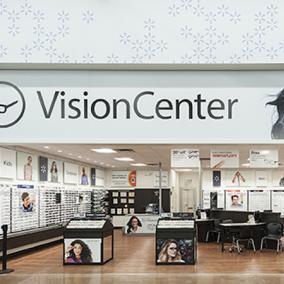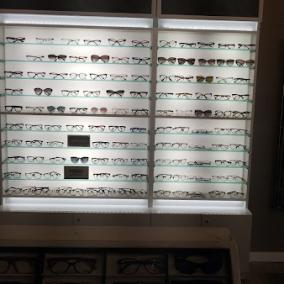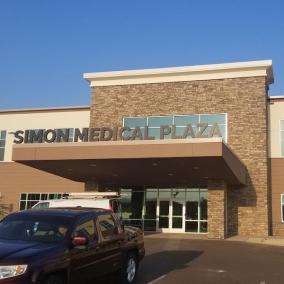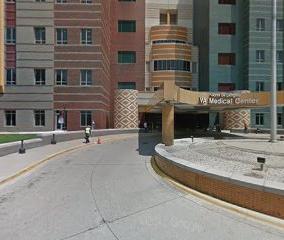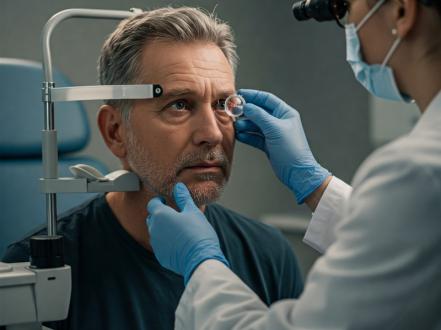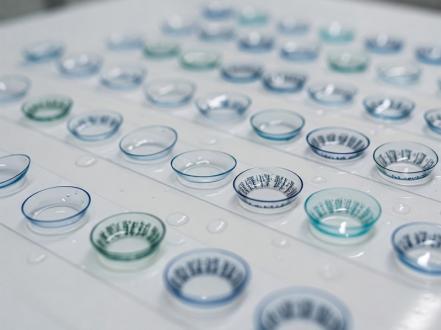An unusual genetic eye affliction known as retinitis pigmentosa interferes with the retina's normal functions. Problems with percepting colors and hues, side vision, and sight sharpness develop when the number of cells in the retina that detect light and dark gradually decreases.
The condition is one of several retinal dystrophies that affect the capacity to perceive light. As a result, the visual impulses that are communicated to the brain are reduced. In this inherited disorder, which gets its name from the characteristic black spots that appear on the retina, the rod cells—essential for seeing motion and at night—are the ones most affected.
The Onset of the Condition — Signals
Most individuals develop symptoms for the first time during their youth. Sight impairment in dimly lit environments or total darkness constitutes the prevailing manifestation. As the disease advances, the individual experiences an increasingly constricted visual field, which is referred to as tunnel vision. Floaters, characterized by irregular, indistinct visual distortions, may also manifest alongside challenges in color discrimination and a sluggish response to variations in light intensity.
Retinitis pigmentosa is characterized primarily by mutations in one of over 60 genes; the principal manifestation of this disorder is the deterioration of rod and cone cells in the retina. A battery of diagnostic tests is customarily performed in order to validate a diagnosis. The assessment may comprise visual field examinations to evaluate the patient's peripheral vision, comprehensive retinal examinations, and genetic testing to detect the presence of any mutations.
The Condition: Curable?
No remedy exists. Due to significant therapeutic advances, eyesight can be preserved and possibly improved. Voretigene neparvovec-rzyl (Luxturna), a new treatment for hereditary retinal degeneration, obtains FDA approval. Gene therapy, which tries to cure or replace the defective genes that cause the illness, is also being investigated in clinical studies.
Retinal prosthesis, also called a "bionic eye," is a novel and apparently effective method. This technique helps to partially restore eyesight. Supplements, including lutein and omega-3 fatty acids, can aid people in postponing severe consequences.
Patients may have cause for optimism in light of the progress made in gene therapy, pharmaceutical interventions, and alternative therapies. However, further investigation is pivotal for creating more efficient treatment schemes.

